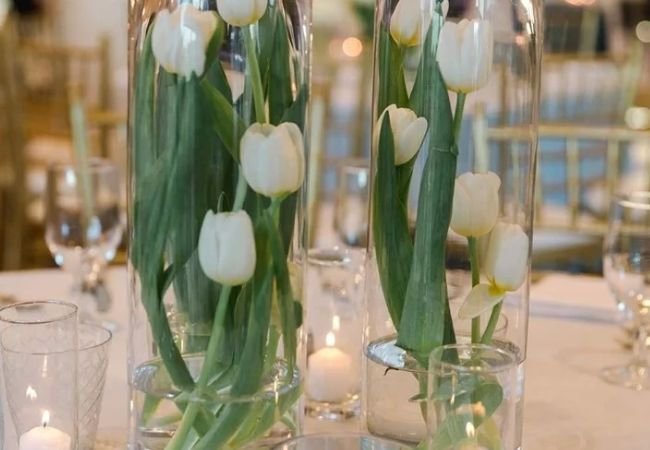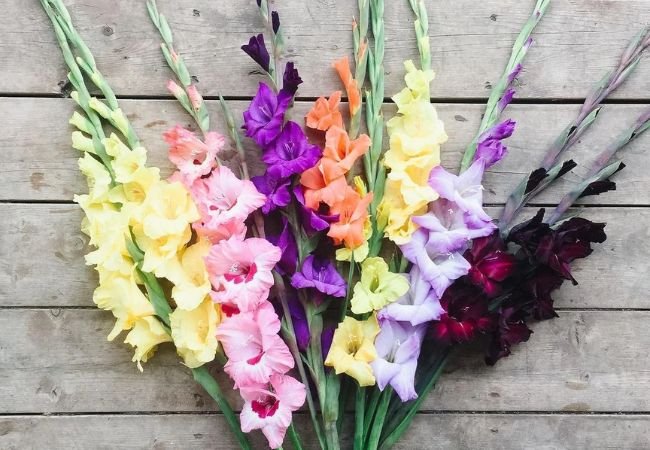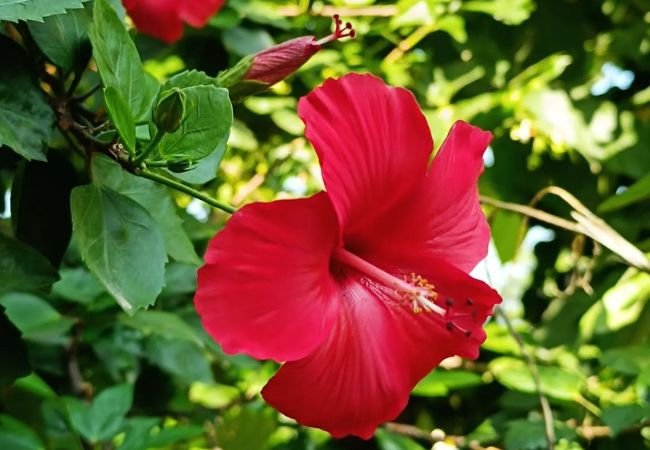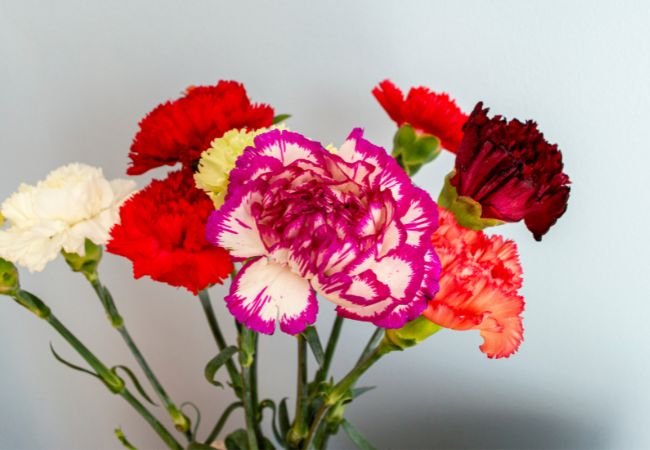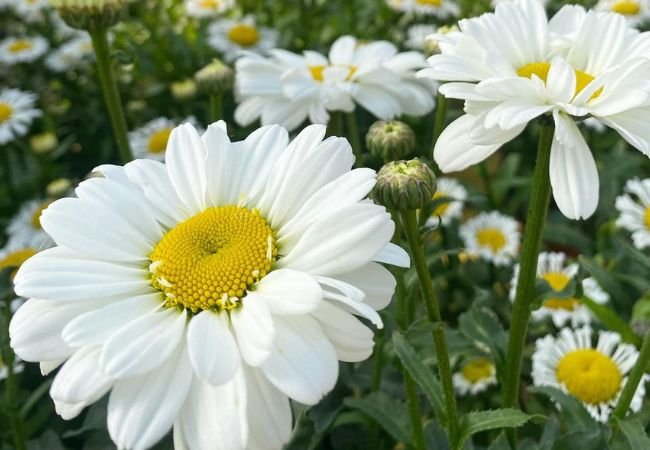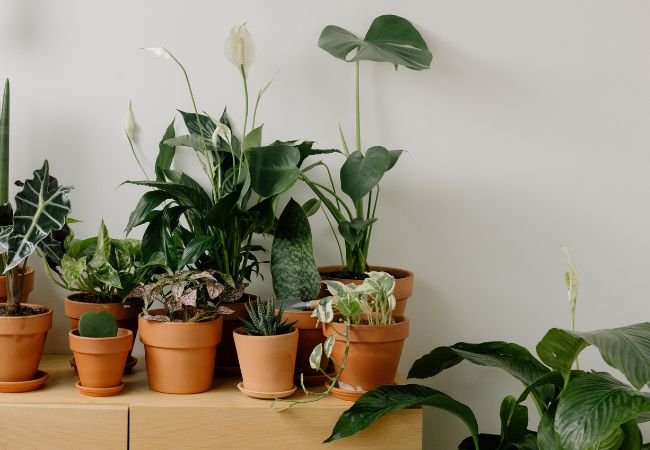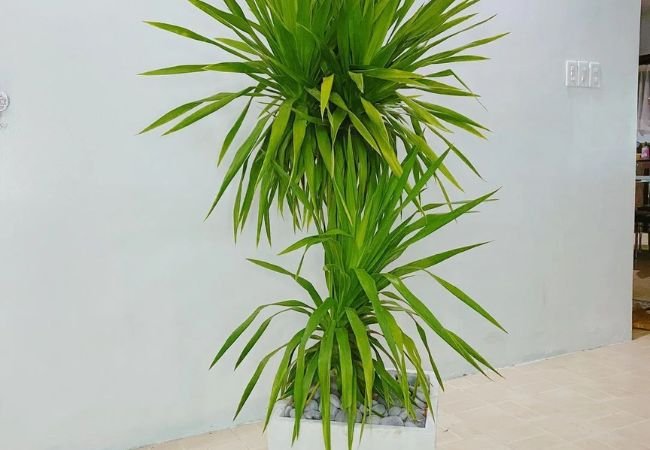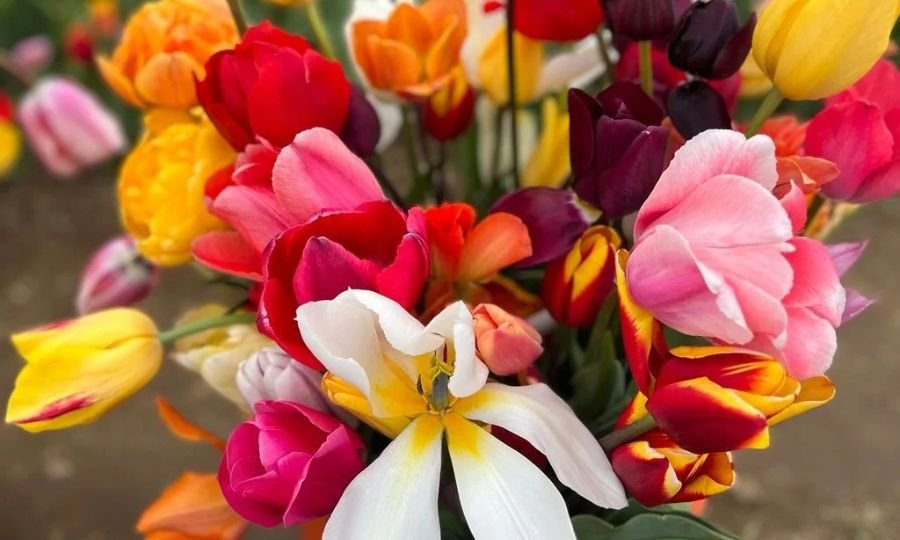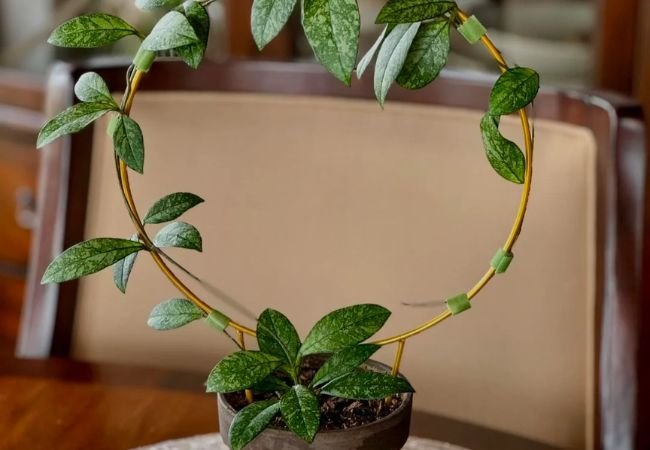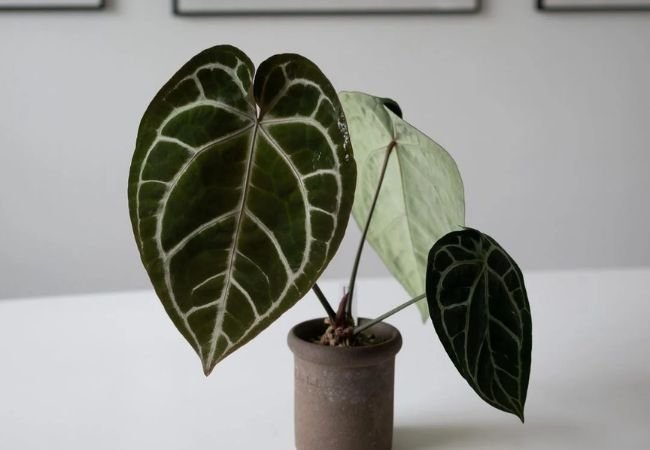Discover the best Easter Day flowers and their symbolism. Learn about lilies, tulips and other popular choices for Easter celebrations. Expert guide for floral enthusiasts and holiday decorators.
The most popular Easter Day flowers is the Easter Lily (Lilium longiflorum), symbolizing purity, rebirth and hope. Other common Easter flowers include tulips, daffodils and hyacinths, each carrying their own symbolism related to spring and renewal. These flowers are widely used in Easter decorations, gifts and religious ceremonies.
As a floral expert with over two decades of experience in holiday arrangements, I’m excited to share insights about Easter Day flowers. These blooms not only beautify our celebrations but also carry deep symbolic meanings that enhance the spirit of the holiday.
The Significance of Flowers in Easter Celebrations
Easter, a Christian holiday celebrating the resurrection of Jesus Christ, coincides with the arrival of spring in many parts of the world. This timing has led to the incorporation of spring flowers in Easter traditions, symbolizing new life and rebirth.
For more on the history of Easter traditions, visit the Smithsonian Magazine’s Easter article.
Popular Easter Day Flowers
1. Easter Lily (Lilium longiflorum)
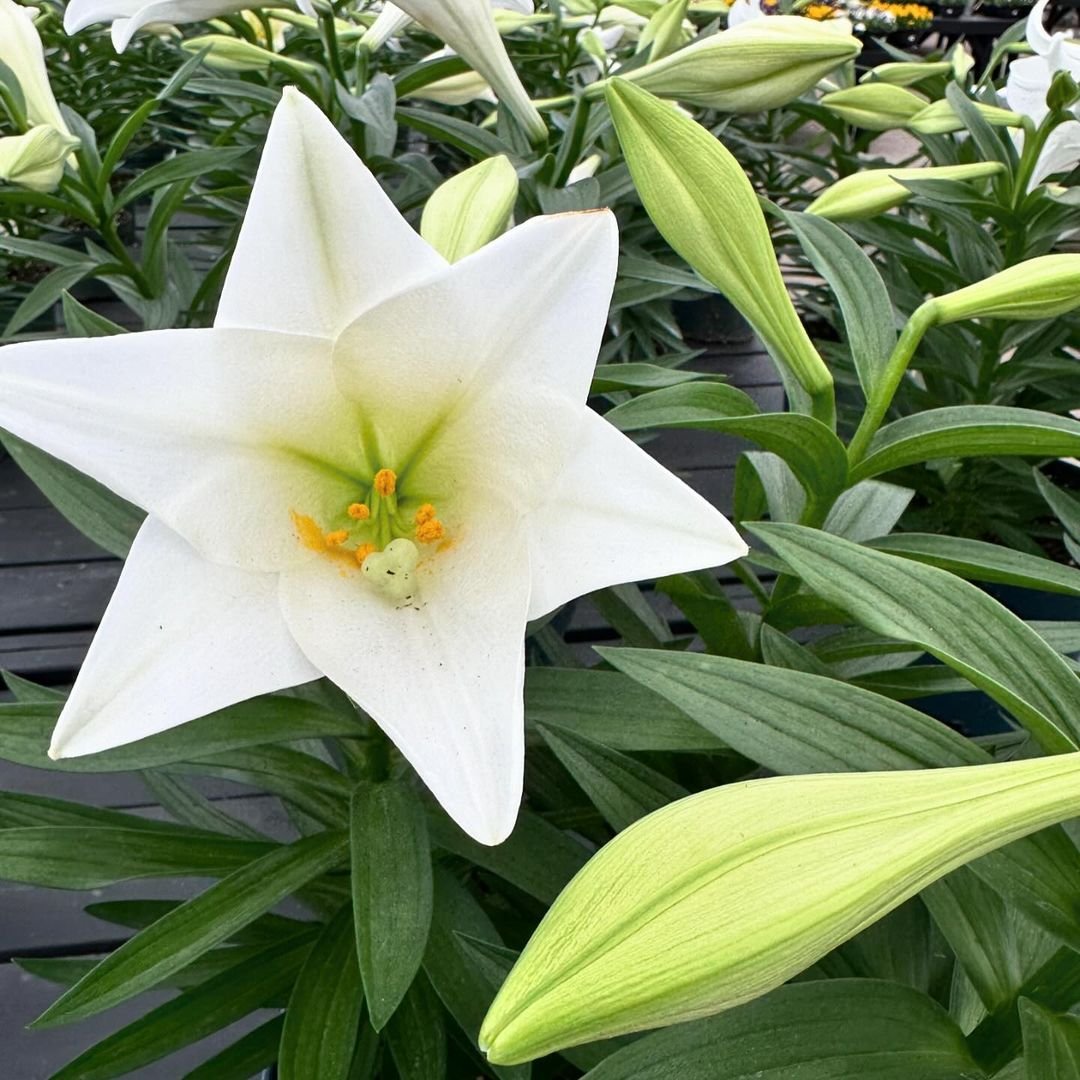
Here’s a chart with detailed information about Easter Lily (Lilium longiflorum):
| Category | Information |
|---|---|
| Botanical Name | Lilium longiflorum |
| Common Name | Easter Lily |
| Plant Type | Perennial Bulb |
| Hardiness Zone | Zones 4-8 |
| Sun Exposure | Full Sun to Partial Shade |
| Soil Type | Well-drained, sandy or loamy soil |
| Watering | Moderate; water regularly during the growing season, less after blooming |
| Growth Habit | Upright |
| Height/Spread | 1.5-3 feet tall, 1-1.5 feet wide |
| Special Features | Large, fragrant white trumpet-shaped flowers; Symbolic of Easter; Deer-resistant; Excellent for cut flowers |
Symbolism
- Purity and virtue
- Hope and rebirth
- Associated with the resurrection of Christ
Care Tips
- Place in bright, indirect light
- Keep soil moist but not waterlogged
- Ideal temperature range: 60-75°F (15-24°C)
For more on Easter Lily care, check the University of Minnesota Extension guide.
2. Tulips

Here’s a comprehensive chart with detailed information about tulips:
| Category | Information |
|---|---|
| Botanical Name | Tulipa spp. |
| Common Name | Tulips |
| Plant Type | Perennial Bulb |
| Hardiness Zone | Zones 3-8 |
| Sun Exposure | Full Sun to Partial Shade |
| Soil Type | Well-drained, sandy or loamy soil |
| Watering | Moderate; water during growth, reduce after blooming |
| Growth Habit | Upright |
| Height/Spread | 6-24 inches tall, 4-6 inches wide |
| Special Features | Wide variety of colors and shapes; Early to late spring bloom; Excellent for borders, containers, and cut flowers |
Symbolism
- Perfect love
- Rebirth and the arrival of spring
Popular Easter Colors
- White: purity and innocence
- Yellow: cheerfulness and hope
- Pink: caring and good wishes
3. Daffodils

Here’s a detailed chart with information about daffodils:
| Category | Information |
|---|---|
| Botanical Name | Narcissus spp. |
| Common Name | Daffodils |
| Plant Type | Perennial Bulb |
| Hardiness Zone | Zones 3-9 |
| Sun Exposure | Full Sun to Partial Shade |
| Soil Type | Well-drained, moderately fertile soil |
| Watering | Moderate; water during growth, reduce after blooming |
| Growth Habit | Upright |
| Height/Spread | 6-24 inches tall, 6-12 inches wide |
| Special Features | Bright yellow, white, or bicolor flowers; Deer and rodent-resistant; Early spring bloom; Excellent for naturalizing and borders |
Symbolism
- New beginnings
- Eternal life
Care Tips
- Plant bulbs in fall for spring blooms
- Prefer full sun to partial shade
- Well-draining soil is crucial
4. Hyacinths
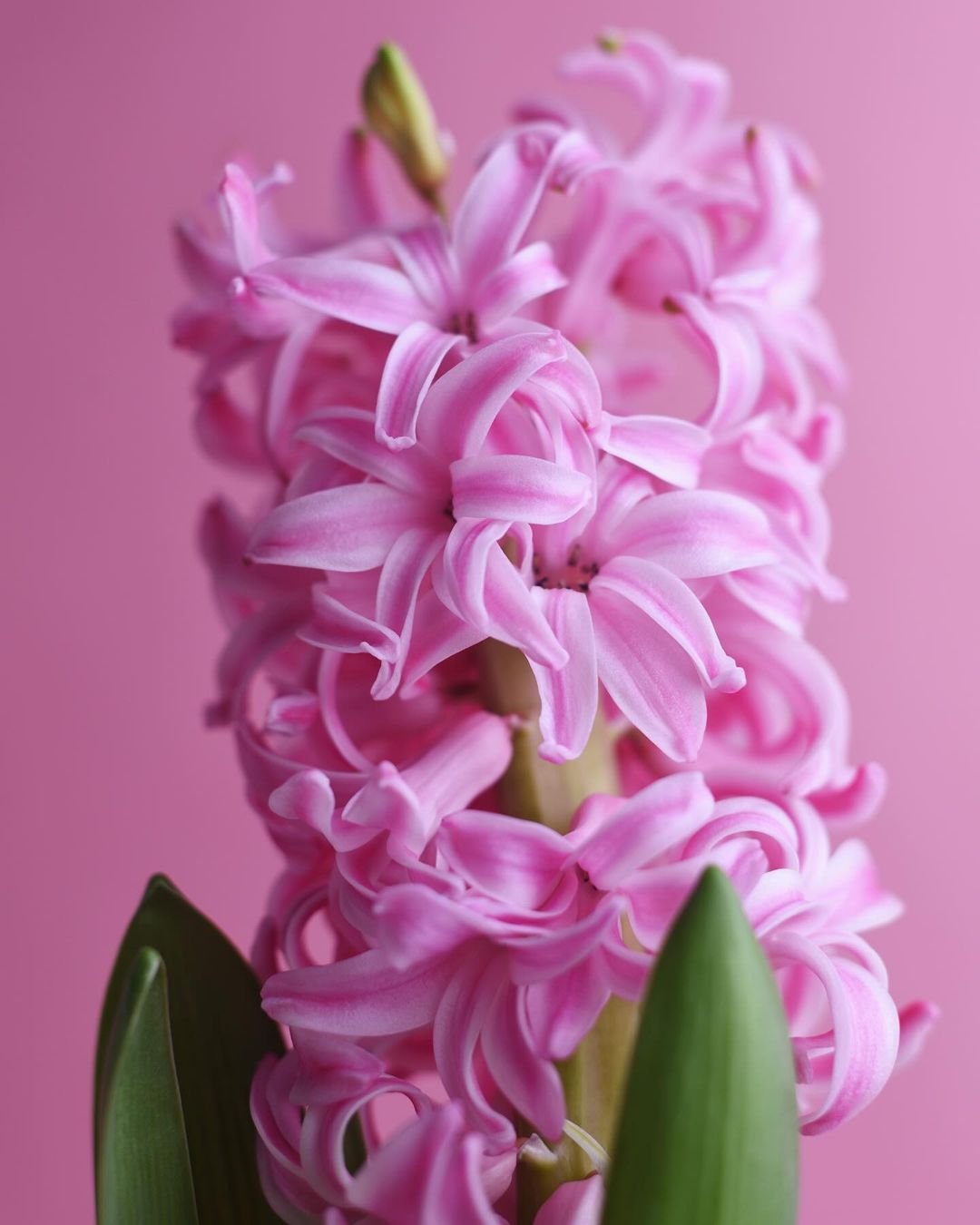
Here’s a detailed chart with information about hyacinths:
| Category | Information |
|---|---|
| Botanical Name | Hyacinthus orientalis |
| Common Name | Hyacinths |
| Plant Type | Perennial Bulb |
| Hardiness Zone | Zones 4-8 |
| Sun Exposure | Full Sun to Partial Shade |
| Soil Type | Well-drained, fertile soil |
| Watering | Moderate; water during growth, less after blooming |
| Growth Habit | Upright |
| Height/Spread | 6-12 inches tall, 4-6 inches wide |
| Special Features | Highly fragrant flowers in a variety of colors (blue, pink, purple, white, yellow); Early to mid-spring bloom; Excellent for borders, containers, and cut flowers |
Symbolism
- Spring renewal
- Peace and tranquility
Varieties
- Blue, pink, white and purple are common Easter colors
5. Azaleas
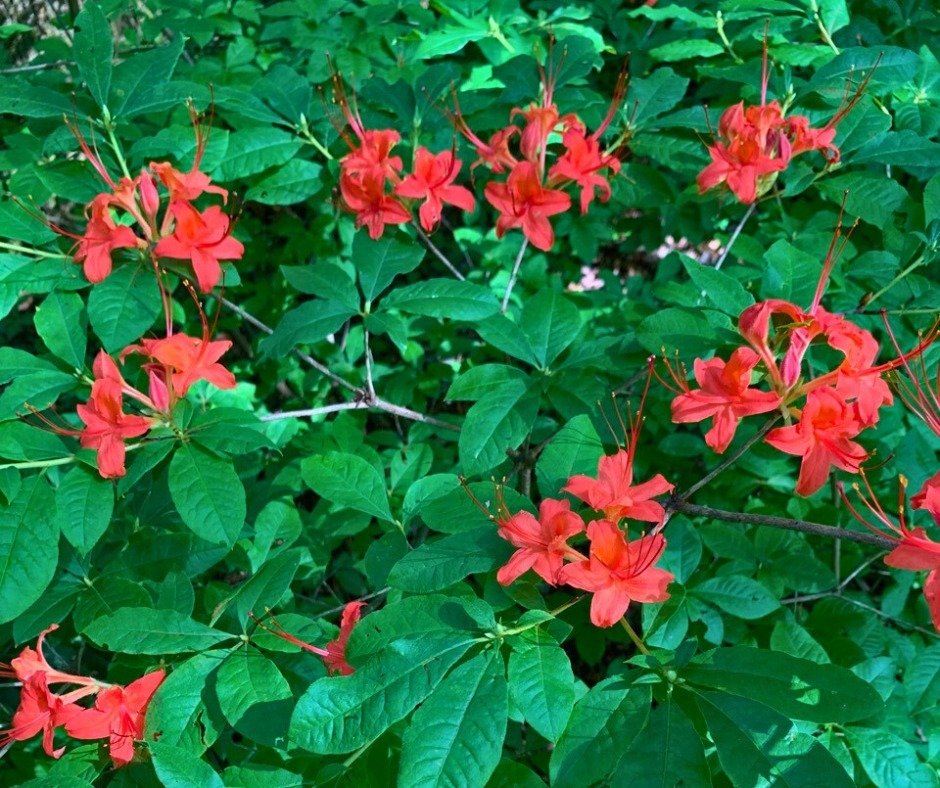
Here’s a detailed chart with information about azaleas:
| Category | Information |
|---|---|
| Botanical Name | Rhododendron spp. (Azalea group) |
| Common Name | Azaleas |
| Plant Type | Evergreen or Deciduous Shrub |
| Hardiness Zone | Zones 4-9 (varies by species and variety) |
| Sun Exposure | Partial Shade (some varieties tolerate full sun) |
| Soil Type | Well-drained, acidic soil, rich in organic matter |
| Watering | Moderate; keep soil consistently moist, but not waterlogged |
| Growth Habit | Bushy, compact to spreading |
| Height/Spread | 1-6 feet tall, 1-5 feet wide (varies by variety) |
| Special Features | Vibrant, showy flowers in a wide range of colors (pink, red, white, purple, orange); Spring bloom (some varieties bloom in fall); Attracts pollinators; Excellent for borders, woodland gardens, and containers |
Symbolism
- Femininity and softness
- Taking care of oneself and others
Care Tips
- Prefer partial shade
- Keep soil consistently moist
- Ideal for both indoor and outdoor displays
Arranging Easter Flowers
Table Centerpieces
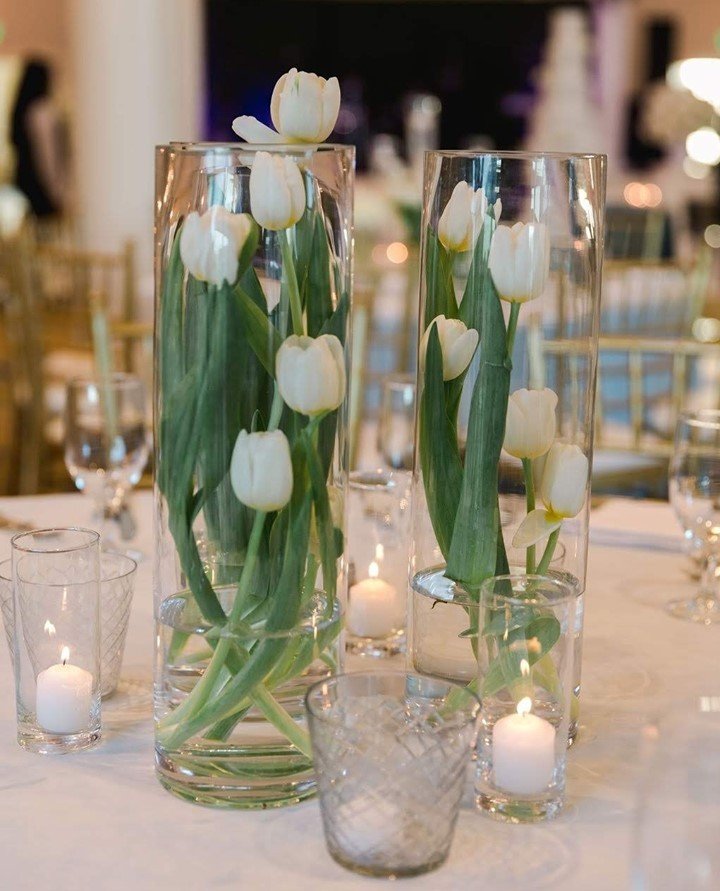
- Mix Easter lilies with tulips and daffodils
- Use pastel-colored vases or baskets
- Add Easter eggs or small figurines for a festive touch
Church Decorations
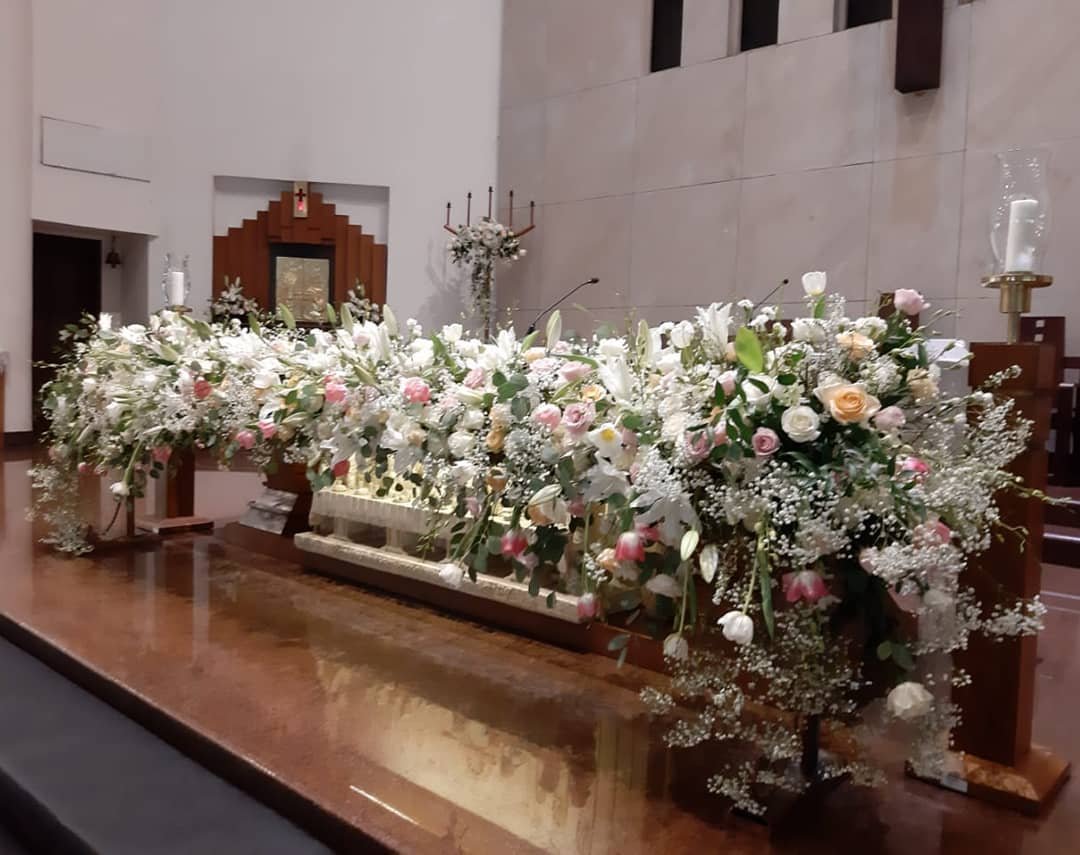
- Large arrangements of Easter lilies for altars
- Garlands of mixed spring flowers for pews or entrances
Easter Baskets
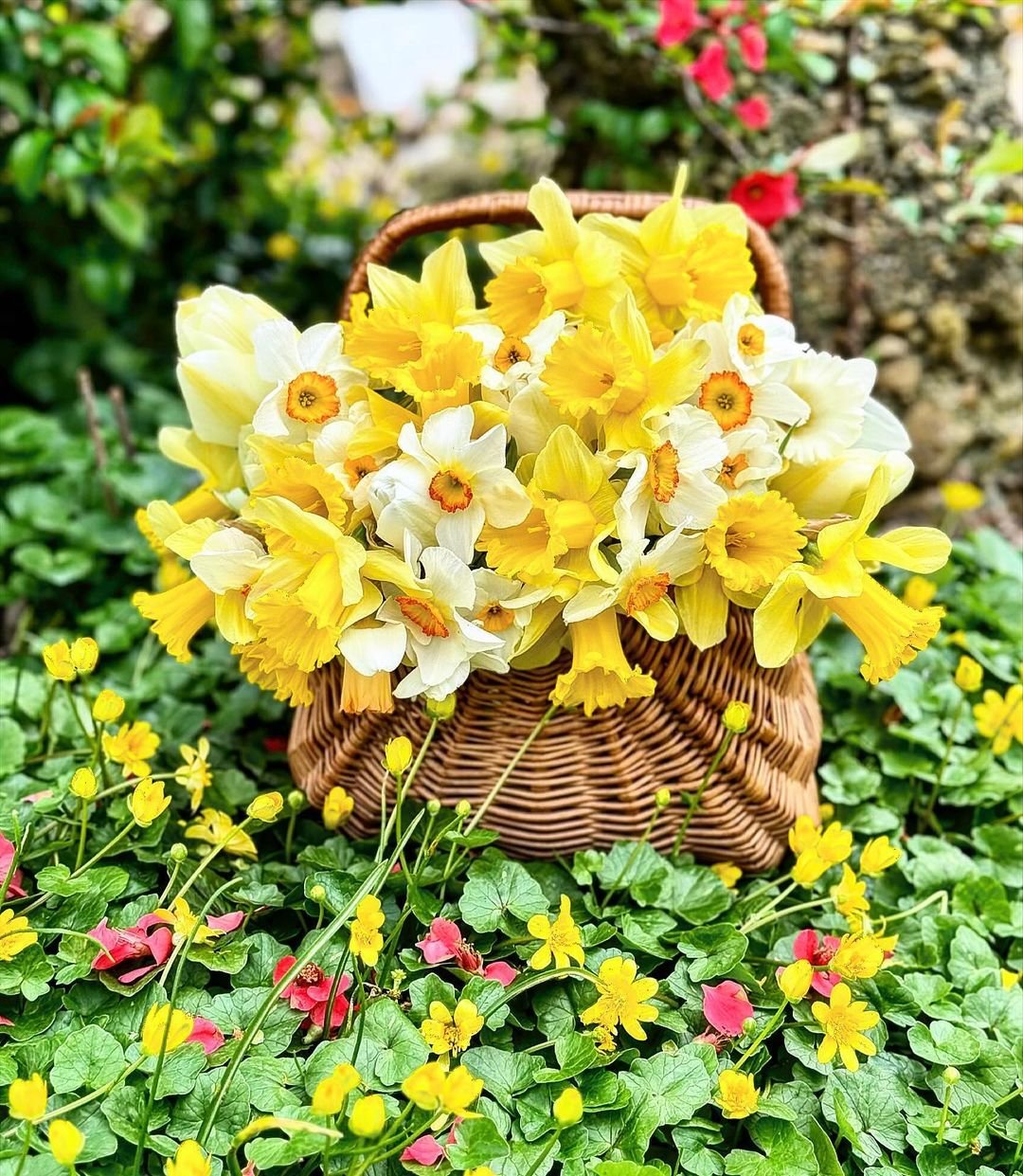
- Incorporate live flowering plants like mini daffodils or hyacinths
- Surround with chocolate eggs and Easter grass
Growing Easter Flowers
Forcing Bulbs for Easter
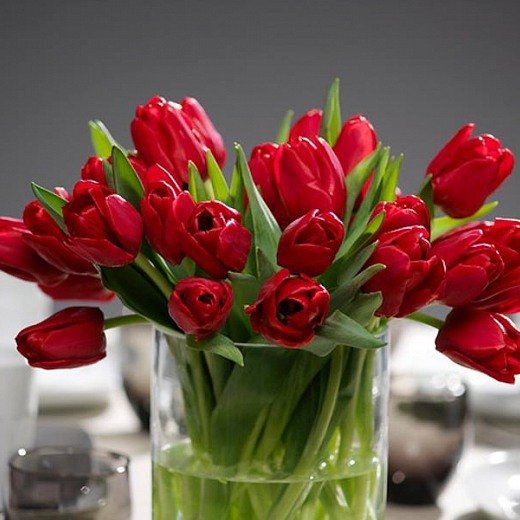
- Choose bulbs like tulips or hyacinths
- Plant in pots with well-draining soil
- Chill for 12-16 weeks
- Bring to a warm, bright location about 3-4 weeks before Easter
For a detailed guide on forcing bulbs, visit the Purdue University Extension page.
Symbolism in Easter Floral Arrangements
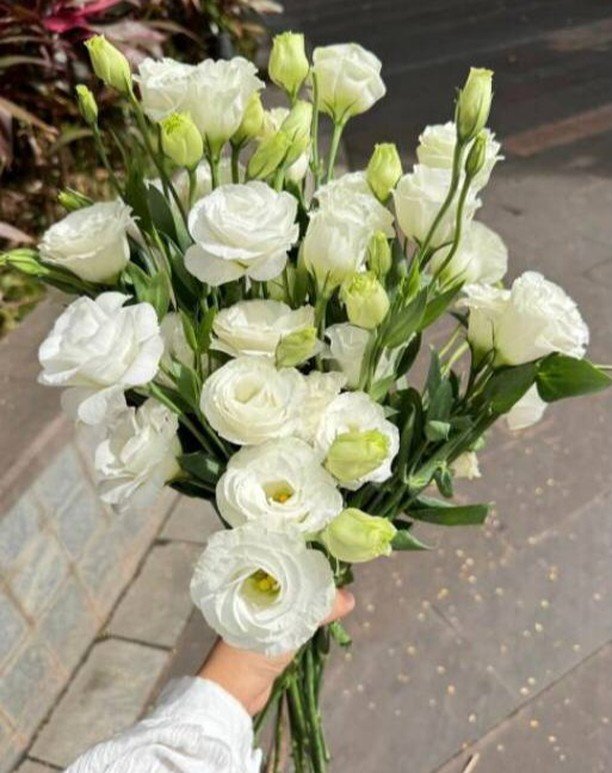
- White flowers: purity and innocence
- Yellow and gold: resurrection and triumph
- Green foliage: new life and growth
- Purple: royalty and penance (often used in church services)
Caring for Easter Flowers
General Tips
- Keep flowers away from direct heat and sunlight
- Change water regularly in cut flower arrangements
- Remove faded blooms to encourage longer flowering
Post-Easter Care
- For potted plants, transition to outdoor planting after the last frost
- For cut flowers, add flower food to extend vase life
Eco-Friendly Easter Flower Choices
- Choose locally grown flowers to reduce carbon footprint
- Opt for potted plants that can be planted in the garden after Easter
- Consider silk or dried flower arrangements for reusable decor
For more on sustainable floristry, check out the Sustainable Floristry Network.
Easter Day flowers bring beauty, symbolism, and the freshness of spring to our celebrations. Whether you choose the traditional Easter lily or a vibrant mix of spring blooms, these flowers can enhance the joy and meaning of the holiday. Remember to consider the symbolism behind each flower when creating your arrangements, and don’t be afraid to mix different varieties for a personalized touch.
By understanding the care needs of these special flowers, you can enjoy their beauty throughout the Easter season and, in many cases, for years to come in your garden. Whether you’re decorating your home, preparing for a church service, or selecting a thoughtful gift, Easter flowers offer a wonderful way to celebrate the renewal and hope that this holiday represents.
For more information on flower meanings and symbolism, visit the University of Illinois Extension’s Language of Flowers page.

